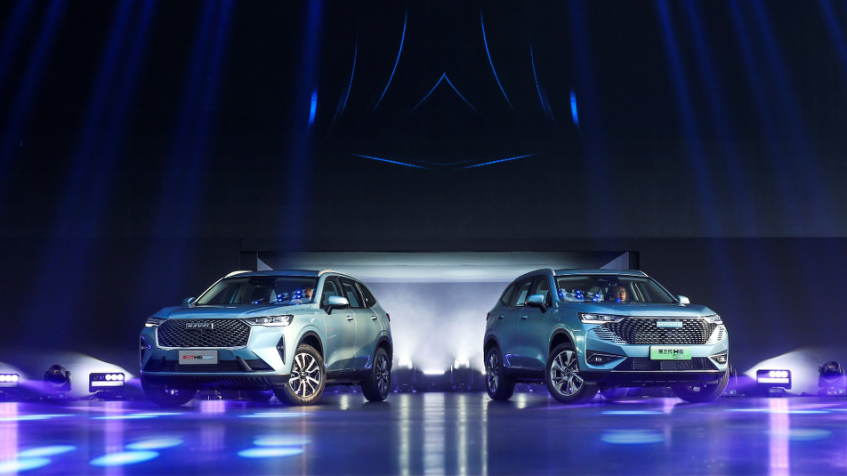Wen | Linghuchong
On August 22nd, Haval brand announced its new energy strategy and brand logo, along with the highly anticipated release of the third-generation H6 super hybrid DHT twin stars.
As a leading brand in China’s gasoline car sector, Haval officially welcomes a comprehensive transition to new energy. Once known as the “gasoline SUV expert”, the brand will now take on the posture of the “new energy SUV expert” as it embarks on the next decade of its reign.
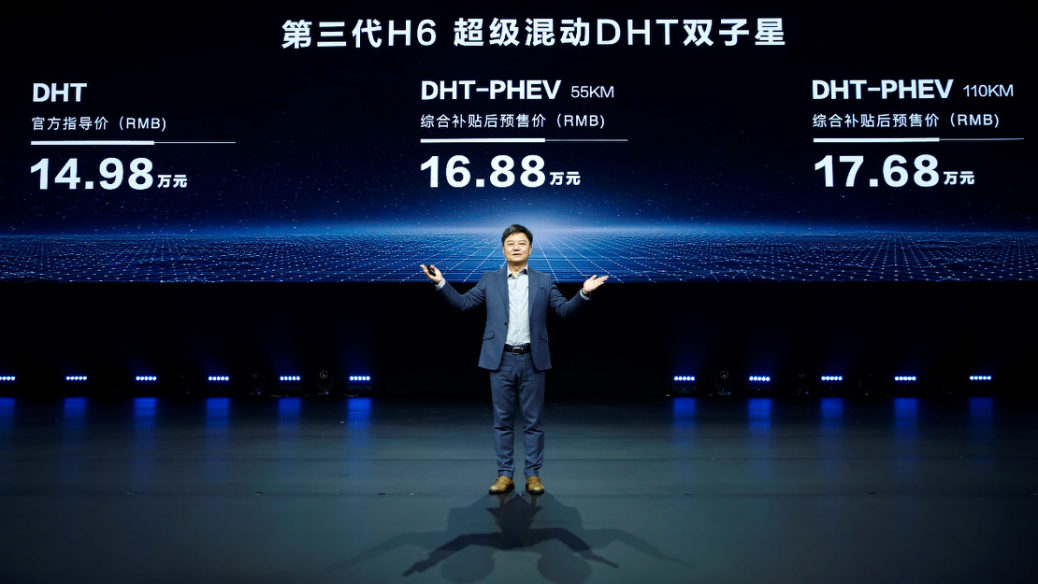
The first move is the Haval H6 DHT model, with an official price of 149,800 yuan; the second move is the DHT-PHEV model, which has been opened for pre-sale, with a pre-sale price of 176,800 yuan for the 110km model after comprehensive subsidies and 168,800 yuan for the 55km model after comprehensive subsidies.
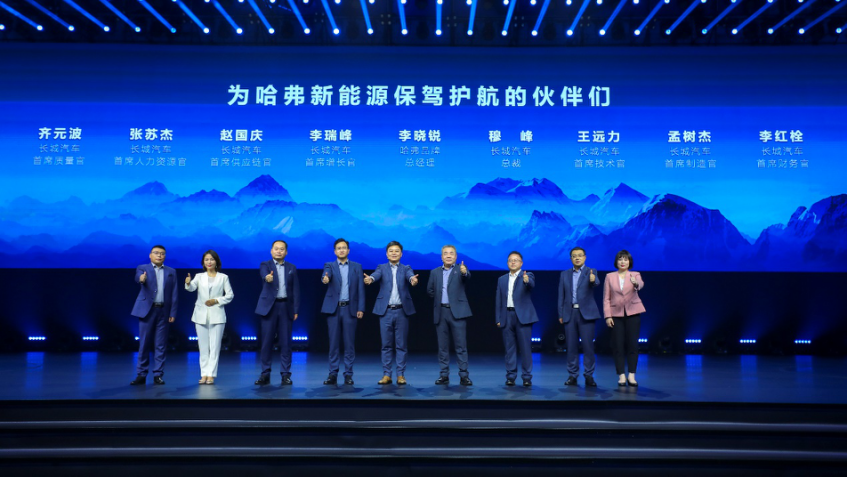
Also unveiled was the new management team of Great Wall Motors who will support Haval’s new energy strategy from dimensions such as brand marketing, technology research and development, supply chain integration, production manufacturing, and talent protection, promoting the rapid development of Great Wall’s new energy and intelligence.
Breaking through monopolies is not about changing lanes to overtake, but about attacking straight on with accumulated strength and technology. Great Wall’s investment in research and development has been continuously increasing, with a YoY growth of 48.56% in Q1 2021, 52.27% in Q2, 50.73% in Q3, and 46.36% in Q4. In Q1 2022, there was a YoY growth of 45.77%. Its strategy of “excessive investment” combined with effective research and development is to pursue industry leadership, with the vehicle at the core, and comprehensively deploy new energy, intelligent technology, and other related industries, known as the Great Wall Automotive Forest-style ecosystem.
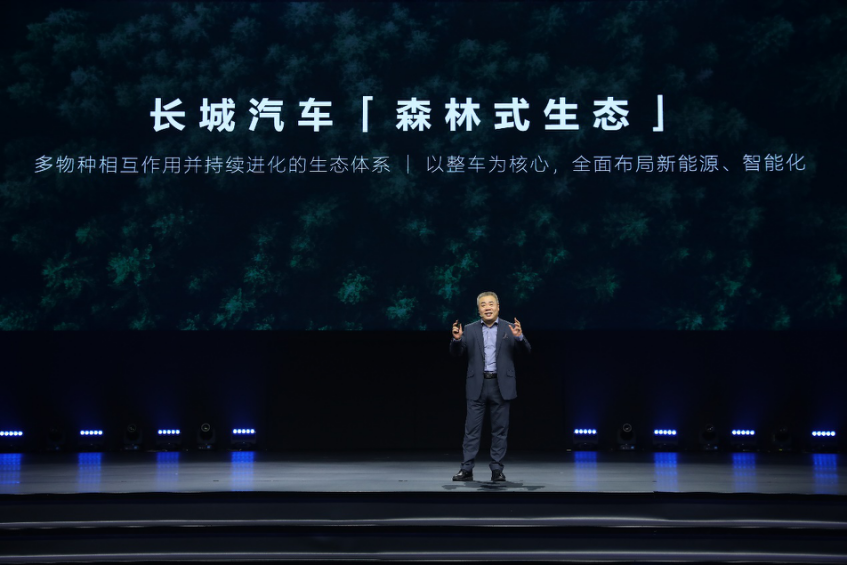
Most importantly, as long as Haval always focuses on the pain points of consumers’ car use, it won’t go wrong with its technology tree.
From a technical standpoint, the DHT hybrid is one of China’s best solutions for new energy.
It’s not about who overwhelms the other, but about hybrids and EVs taking on their respective responsibilities in the field of mobility.Electric cars can run long distances, but they can also be troublesome. Fuel-powered cars are still versatile, but in the direction of energy-saving and emission reduction, improving the driving experience and reducing fuel consumption are inevitable choices.
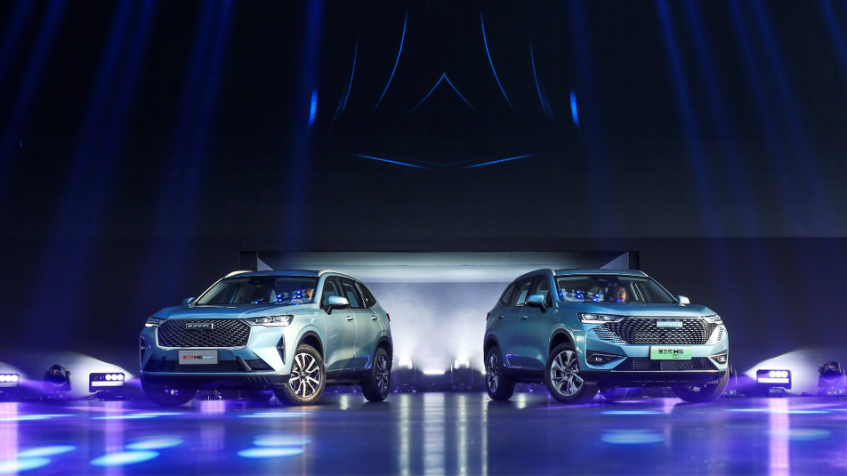
HAVAL’s approach is to directly use its popular models and launch the third-generation H6 Super Hybrid DHT Twin Stars.
In fact, the approach can refer to the mature ideas of Japanese brands. In the early stage of technology layout, the layout of different power systems for the same architecture products is considered, eventually resulting in the best matrix for fuel, HEV, and PHEV.
#
Of course, in principle, whether a hybrid car is good or not depends not only on fuel economy but also on the driving experience.
A difference of a few tenths in fuel consumption will not blind the eyes of consumers, but whether there is power when you step on the accelerator is the watershed.
From a more pessimistic perspective, whether hybrid or electric is the future, consumers may not care that much.
The greatest characteristic of the Chinese people is their willingness to try new things. We are a developing country, so compared to those slogan-based technology popularization campaigns, we pay more attention to immediate benefits.

When the ship is about to sink, and you tell me that using a water pump to drain the seawater flowing into the cabin is not environmentally friendly enough?
Honda’s i-MMD dual-motor hybrid system is very practical, not only enjoyable to drive but also fuel-efficient, and its starting price is lower.
Toyota’s dual-engine hybrid system is also very practical, with a smooth driving experience and excellent fuel economy. Its starting price is not much higher than that of the same-level competitor’s 2.0T engine.
From the market expectations derived from technology and ideas, it is basically a wide net casting. Looking back at technology and ideas from market results is the key to catch.
This is precisely the advantage of HAVAL’s latecomer in the new energy era.
#
The fuel-powered HAVAL H6 is undoubtedly a “god car”, with monthly sales stable at 20,000 units or more. Simply put, it is an SUV with impeccable power, fuel consumption, space, and luxurious interior design at the same price range.
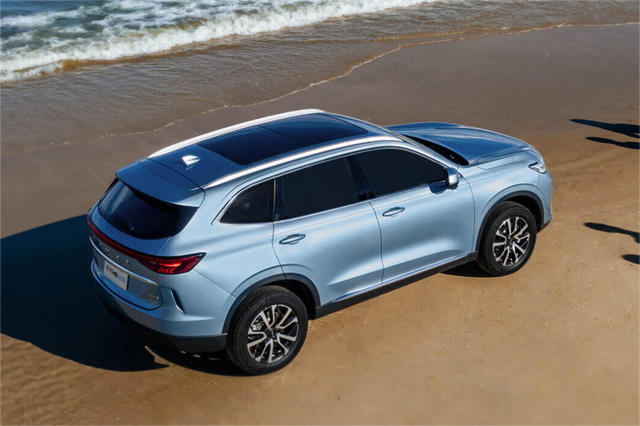
The hybrid version of the HAVAL H6, the HAVAL H6 DHT, basically continues the design of this car, with a length, width, and height of 4653/1886/1730mm and a wheelbase of 2738mm, which has the same competitiveness.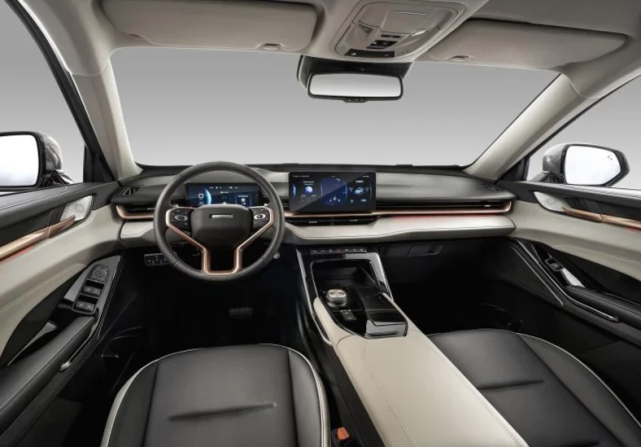
The interior design of the H6 series continues the latest design and layout, emphasizing the overall and cohesive sense. The suspended full LCD instrument panel and center control screen highlight the technological attributes. The hidden air outlet is matched with rose gold decorative strips to emphasize the luxury of the cabin.
The combination of technology and luxury, coupled with the already impressive space, is the bottom line that guarantees sales.
#
Of course, looking at its price, it should be sold as a high-end product in the whole price system, just like the Japanese HEV product.
The power parameters come first.
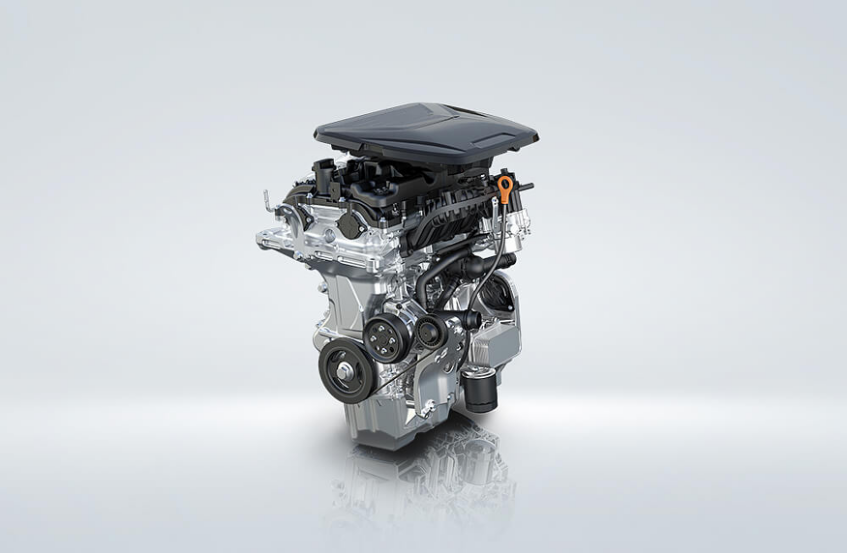
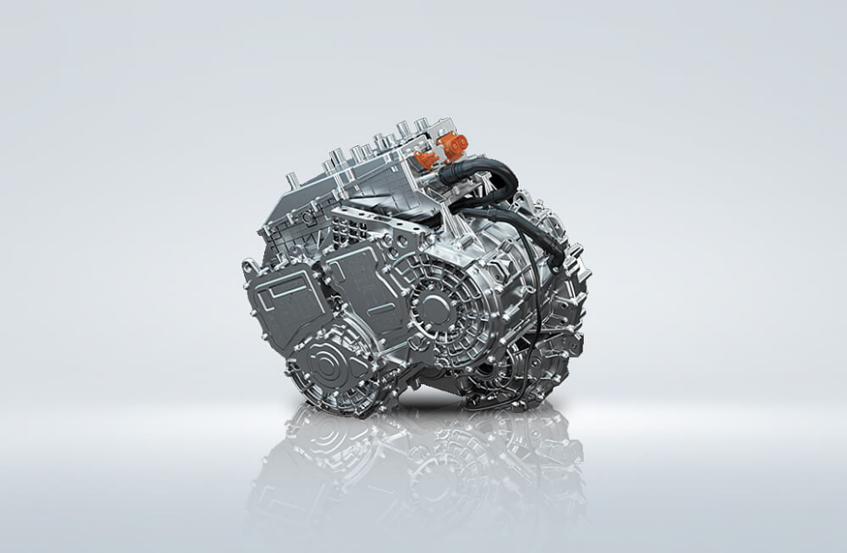
This hybrid powertrain is composed of a 1.5T four-cylinder engine and a motor. The maximum power of the engine is 113 kW, the maximum torque is 233 N·m, the maximum power of the motor is 130 kW, and the maximum torque is 300 N·m. The system’s rated comprehensive power is 179 kW, and the system’s comprehensive torque is 530 N·m, matched with a 2-speed hybrid dedicated transmission (DHT), and the NEDC comprehensive fuel consumption is 4.9L per 100 kilometers.
Correspondingly, the top-of-the-line fuel version of the H6 is equipped with a 2.0T engine with a maximum power of 155 kW and a maximum torque of 325 N·m. I have not yet experienced the acceleration performance of the new car in reality, but from the parameters, compared with the fuel version model, the Haval H6 DHT has a leap in improvement, and the driving experience is even more sporty.
The starting price of the 2.0T model is 121,900 yuan, while the starting price of the Haval H6 DHT is 149,800 yuan, which is reasonable from the perspective of power improvement.
At the same time, as a high-end model in the product lineup, there are also considerable surprises in the configuration level of the Haval H6 DHT.
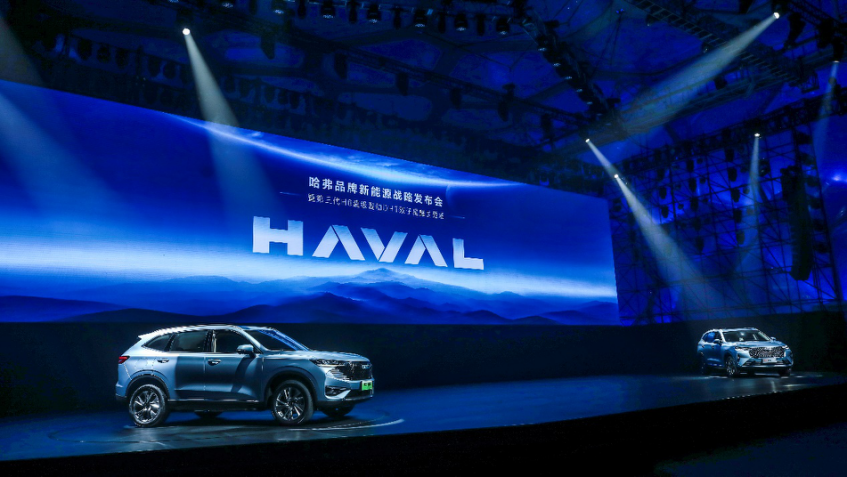
First of all, all the functions related to active safety are included.
Features such as lane departure warning system, lane keeping assist system, active emergency braking, road sign recognition, fatigue driving reminder, full-speed adaptive cruise control, 360° panoramic imaging system, transparent bottom, and reversing dynamic reminder system are all included.And in terms of conventional configurations, including LED light sources, rich rearview mirror related functions, dual-zone automatic air conditioning, driver’s seat electric adjustment, front row mobile phone wireless charging, leather steering wheel, faux leather seats, and so on, they are all equally impressive.
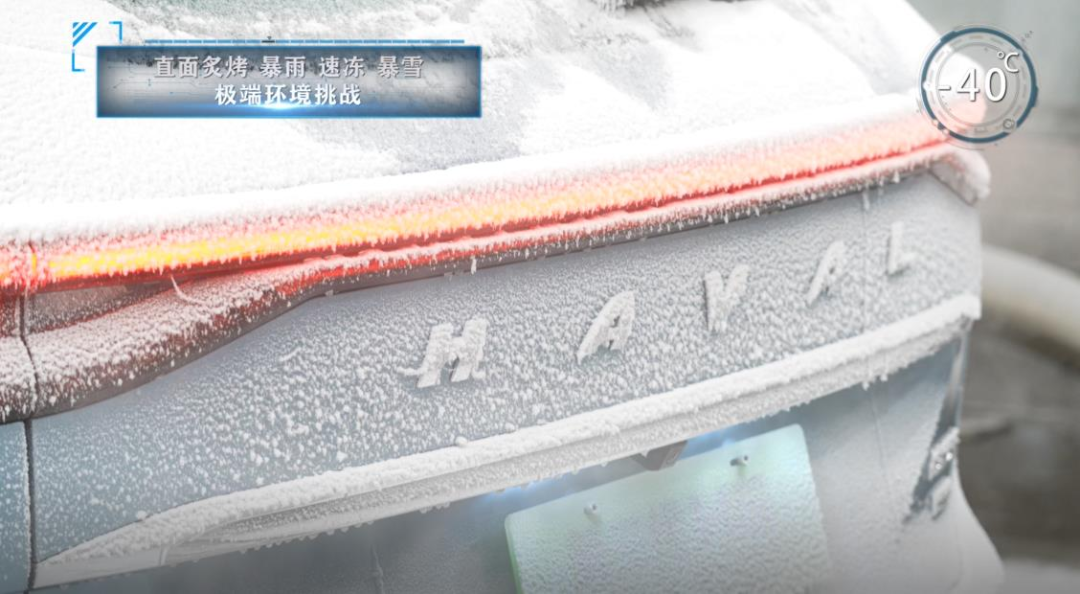
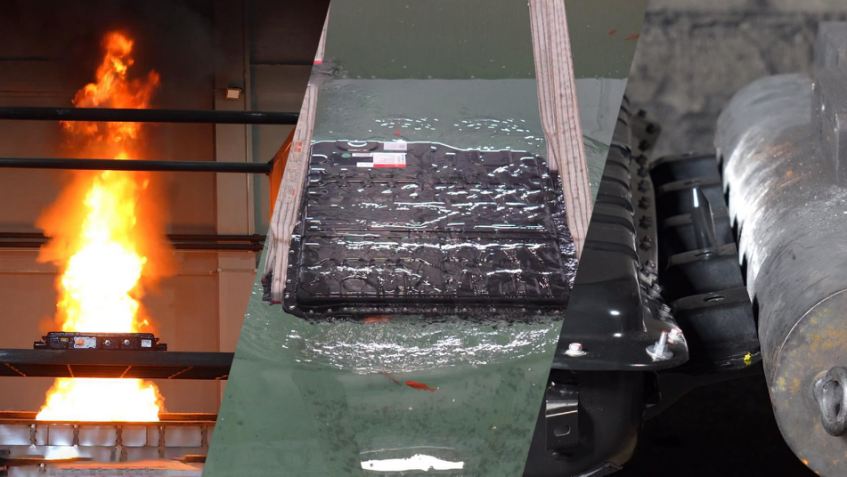
In terms of safety, the three-electric system relies on global standards and the battery has passed three major tests of super-national standards, including fire, water immersion, and compression.
If we have to nitpick, the only downside is the lack of an onboard dashcam and the need to opt for HUD head-up display.
#
This means that even with outstanding power performance, the Haval brand is not the least bit conceited.
Even with this impressive hybrid technology at hand, it has still chosen to focus on cost-effectiveness.
Let’s imagine that after test driving, consumers check the configuration list and immediately feel that this car is not expensive at all.
Moreover, after years of education in the HEV market, consumers won’t be panting with excitement, calculating how many kilometers they can drive to make up for the price difference with fuel savings. Basically, everyone recognizes the high-end positioning of HEV models in the entire product range.

This is a price war, as well as a psychological war.
Just like tasting the Shijiazhuang specialty cuisine Anhui Beef Noodle, consumers do not care about the cheap and plentiful servings, but rather whether the portion of meat and soup are generous enough, and whether the soup meets the “three-high” standards of high oil, high spice, and high salt.
#
The victory or defeat depends on a single thought.
Experience must not be lacking. For many Chinese consumers who pursue a direct sensory experience, the power experience is like the output, and in this respect, the Haval H6 DHT has the upper hand.
Another experience is the psychological balance, where every penny is worth it. This is the result of the Haval H6 DHT in terms of configuration.
At the time of placing an order, consumers will feel more comfortable.
It won’t give consumers any possibility of hesitation, as hesitation leads to defeat.
If you have a charging station at home and want to enjoy the fun of electric commuting for about one yuan per kilometer, then you can wait for the Haval H6 DHT-PHEV model, but that’s another story.
This article is a translation by ChatGPT of a Chinese report from 42HOW. If you have any questions about it, please email bd@42how.com.
